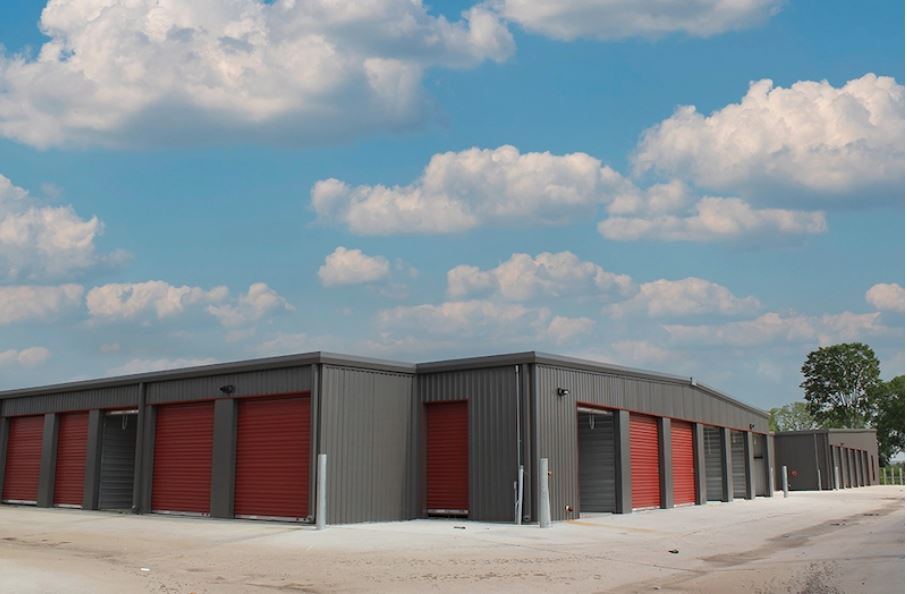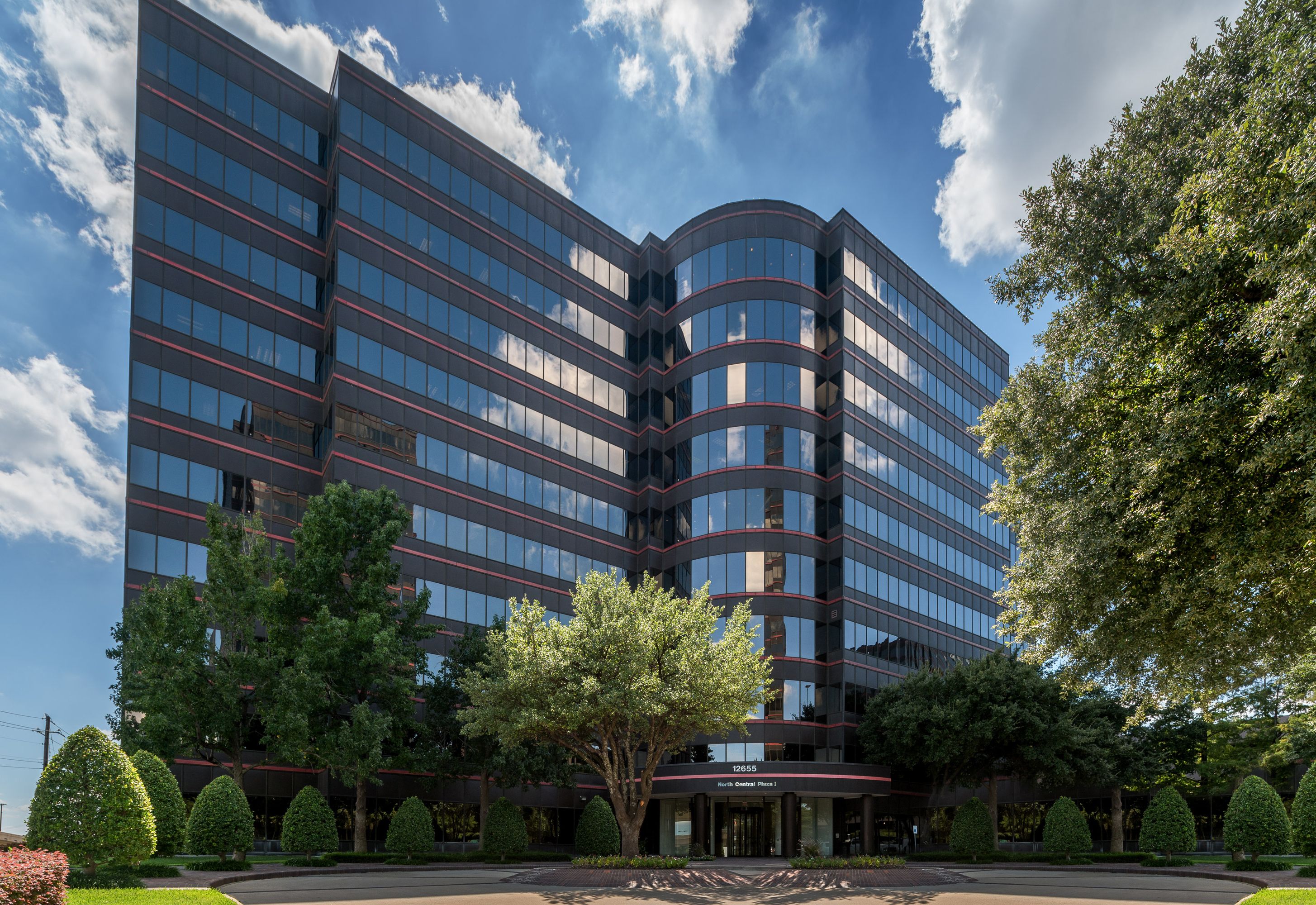a 53Ac Life Science District in Houston
Hines, a global real estate investment, development, and property manager, in partnership with 2ML Real Estate Interests and Harrison Street, announced a lease at Levit Green, the new 53-acre mixed-use life science district adjacent to the Texas Medical Center in Houston, Texas. Sino Biological, Inc., an international reagent supplier and service provider, has leased approximately 10,000 square feet of commercial lab and office space in Levit Green’s first phase, which is slated for completion at the end of this year.
Headquartered in Beijing, China with subsidiaries in Suzhou, China; Taizhou, China; Frankfurt, Germany; and Wayne, Pennsylvania and listed on the Shenzhen stock exchange subsidiary ChiNext (SZSE: 301047), Sino Biological is the world’s leading provider of mammalian cell-based recombinant proteins, antibodies and related contract research services. This new site serves as the company’s first US-based manufacturing facility. Referred to as the Center for Bioprocessing (C4B), the facility will focus on both product manufacture and the implementation of contract research services. Levit Green will further establish its presence in Houston, providing companies, academics, and medical researchers in the world-renowned Texas Medical Center and across the region invaluable access to Sino Biology’s comprehensive offering of bioreagents and CRO services.
To meet the market’s need for immediate lab-ready space, Hines is also delivering two commercial lab and office turn-key suites, at 11,000 square feet and 7,000 square feet, which will be ready for occupancy by Summer 2023. This in-demand laboratory offering will give potential tenants the flexibility to accommodate constantly evolving science needs. The turn-key suites have been designed to an optimal 60%-40% lab-to-office ratio, to accommodate any wet or dry lab R&D use, such as biology, chemistry, and engineering.
Building I at Levit Green—a 290,000-square-foot, five-story building with wet lab and incubator space—is part of the broader nine-building Levit Green masterplan, which will offer a curated mix of research facilities, office, retail, residential, and outdoor amenities. It is equipped with 100% redundant emergency power, enhanced structural vibration attenuation, augmented mechanical systems, 33-foot structural bay depths, and floorplates of more than 60,000 square feet. Additionally, the building will feature best-in-class amenities that include a 5,800-square-foot fitness center and outdoor garden, a 7,000-square-foot conference center, 3,500 square feet of café and restaurant space, and ample on-site parking. The ground floor plan is also programmed to accommodate more than 25,000 square feet of lab incubator space which will provide entrepreneurs and early-stage life science companies with top-tier, strategically located laboratory and office space.
Building I is slated for completion in late 2022, with Sino Biological’s occupancy anticipated for the Q3 2023. JLL represented Levit Green in the lease.









